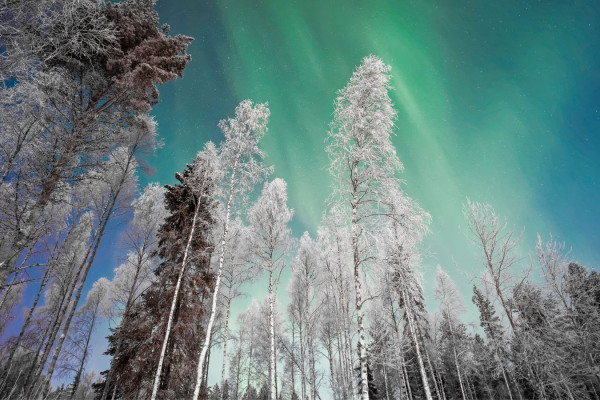-
Location
Finland
-
Duration
1/2 day
-
Experience Theme
Culture and Traditions
The Fish Library of Finland
The Fish Library of Finland
- Culture and Traditions
- Plants and Animals
Immerse yourself in this wonderful private collection of books, journals, magazines and more in a wonderful log cab setting off the beaten track.
While the collection is of particular interest to academics, collectors and fishing enthusiasts, it is inspiring for anyone who appreciates passion, tenacity and history - all of which you will find in abundance at the Fish Library.
Book now
The idea of the library is to be an open library for researchers, collectors, and other interested parties.
The library building also has available accommodation and working space, so it is possible to work in the library for
short periods of time, which is good, for example, for doctoral students or small workgroups.
The fish library is located opposite Keimiöniemi’s fish fields, so the fishing history is present in the surroundings as well. The aim is not to keep the books in a museum, but to preserve the existing knowledge and share it with those who need it.
The library has the most comprehensive publication collection related to fish and fishing. The collection includes Finnish fish literature from 1730 up to present years. The speciality of the library is Finnish literature published before the 1950s. There are approximately 50,200 books or writings in the database. This includes all professional magazine articles published prior to 1940s. The database is updated by 2017 to include all articles published before 1950s. In addition, the collection also includes newer Finnish fish books and magazines, almost every single one published to this date. These are also updated to the database all the time.
The collection also includes a great number of older Swedish fish literature (from 1700s and 1800s), as well as English fishing classics as first prints. The oldest publications of the collection are from 1600s. In addition, the library also has fish literature from Germany,Russia, Estonia, Norway, and France.
Although computers have revolutionised the book industry, special libraries still have much to offer in Finland. At the end of the day, a book is so much more than just a printed product. A book is an object of cultural history, and the deeper meaning of the book is well described by the name of the first library in ancient Egypt: “The place of the cure of the soul”.
The library is open on weekdays but occasionally closes for maintenance so please check the website before travelling to visit.
-
Learning Format
Self-guided experience
-
Time of year
Year Round
-
Environment
Culture and Traditions, Plants and Animals
-
Accessibility
Low impact
-
Subject Knowledge Required?
No



About The Fish Library of Finland

The Fish Library (Suomen Kalakirjasto) is a private fish library, which was started as a hobby. Until recently, old fish books have been archived in the libraries of national research institutes and universities. Now the national research institutes have almost completely destroyed their archives, and the pressure to reduce collections in university libraries is increasing.
The National Library has a role in conservation but lacks sufficient resources. As a result, the role of private collectors has increased significantly when it comes to passing on the culture to the next generations. Private collections disappear easily after an individual collector passes away. There is rarely a close partner to continue the collection, so the collection is often sold to multiple different locations. However, the collection is always more valuable than the individual books. Often the cultural value of a collection is also considerably higher than its monetary value. This is the main reason why Suomen Kalakirjasto, the Finnish fish library, was established.
-
Language
Finnish -
Address
Kemiläisen metsätie 151
99300 Muonio
Explore More
Get inspiration and ideas for your next scientific tourism adventure.





